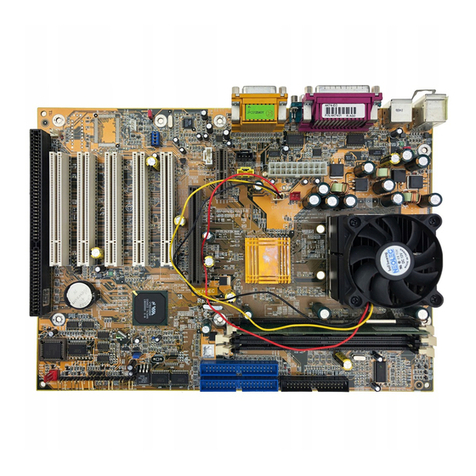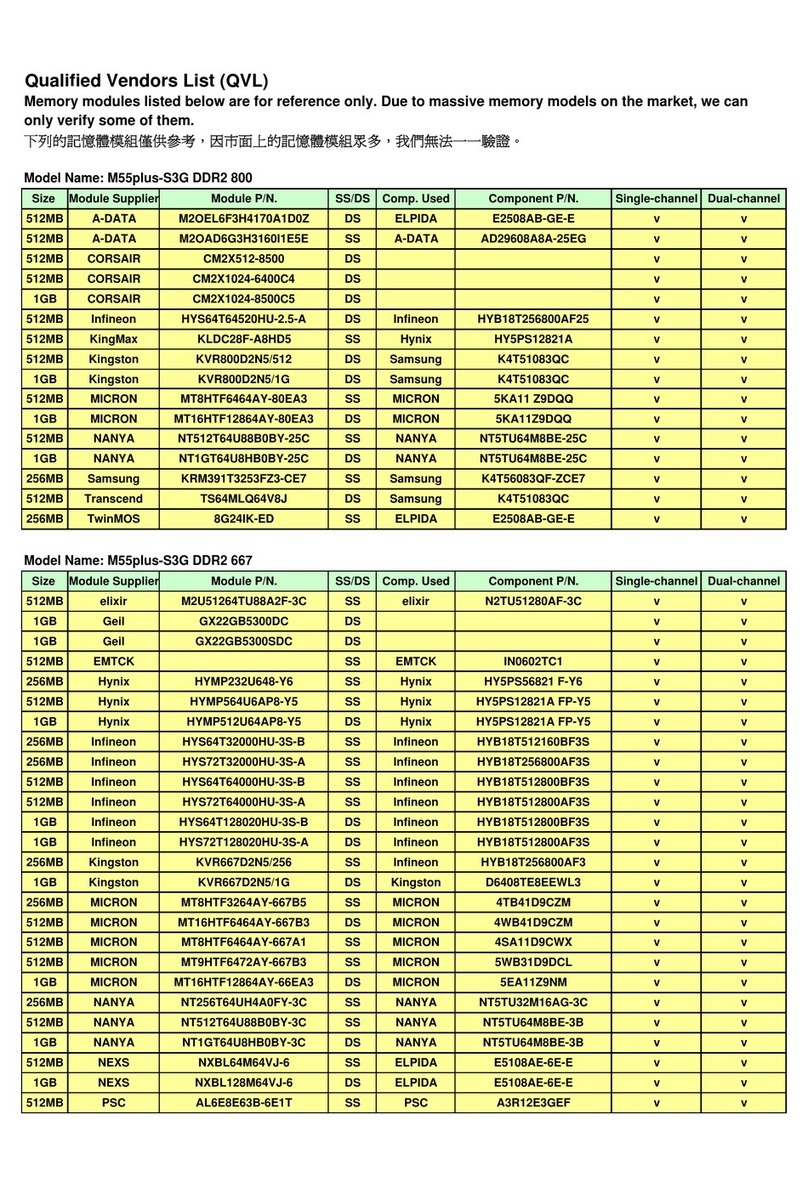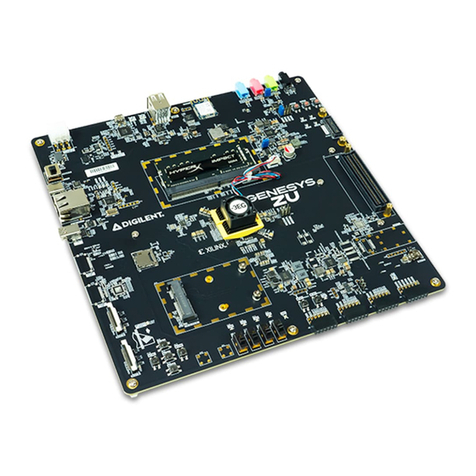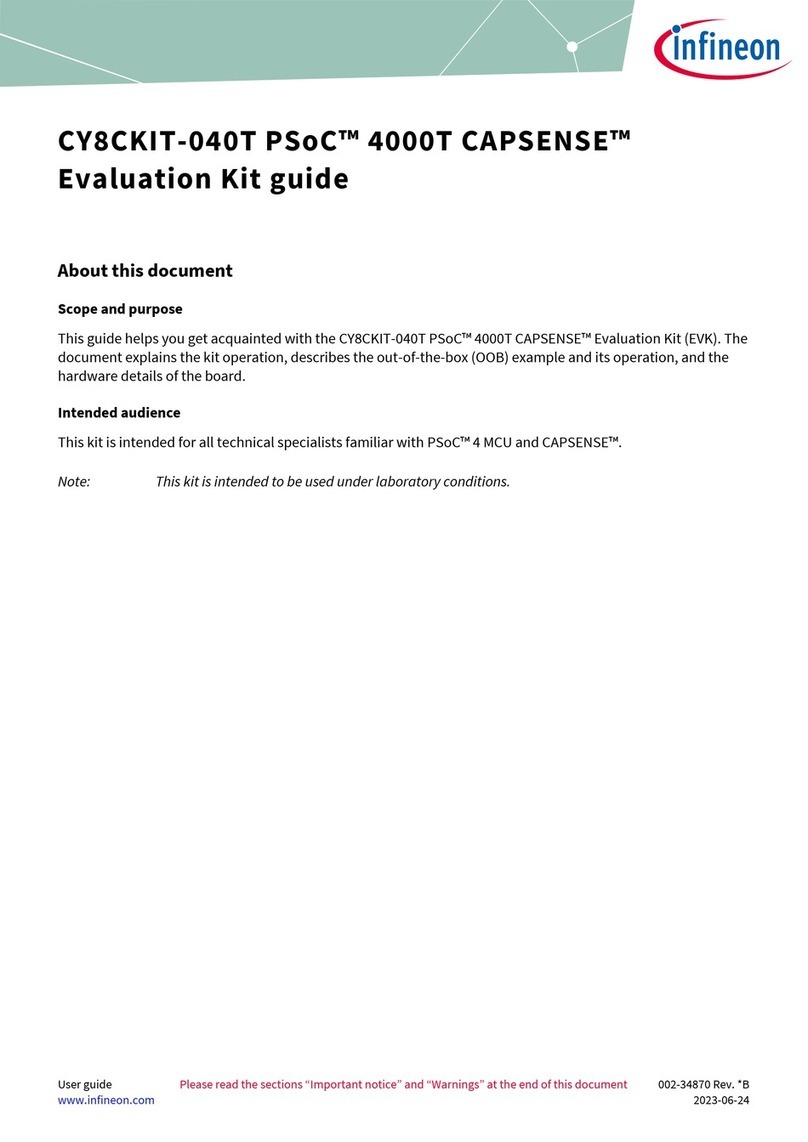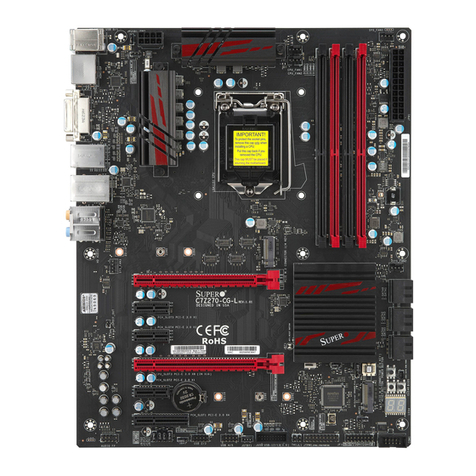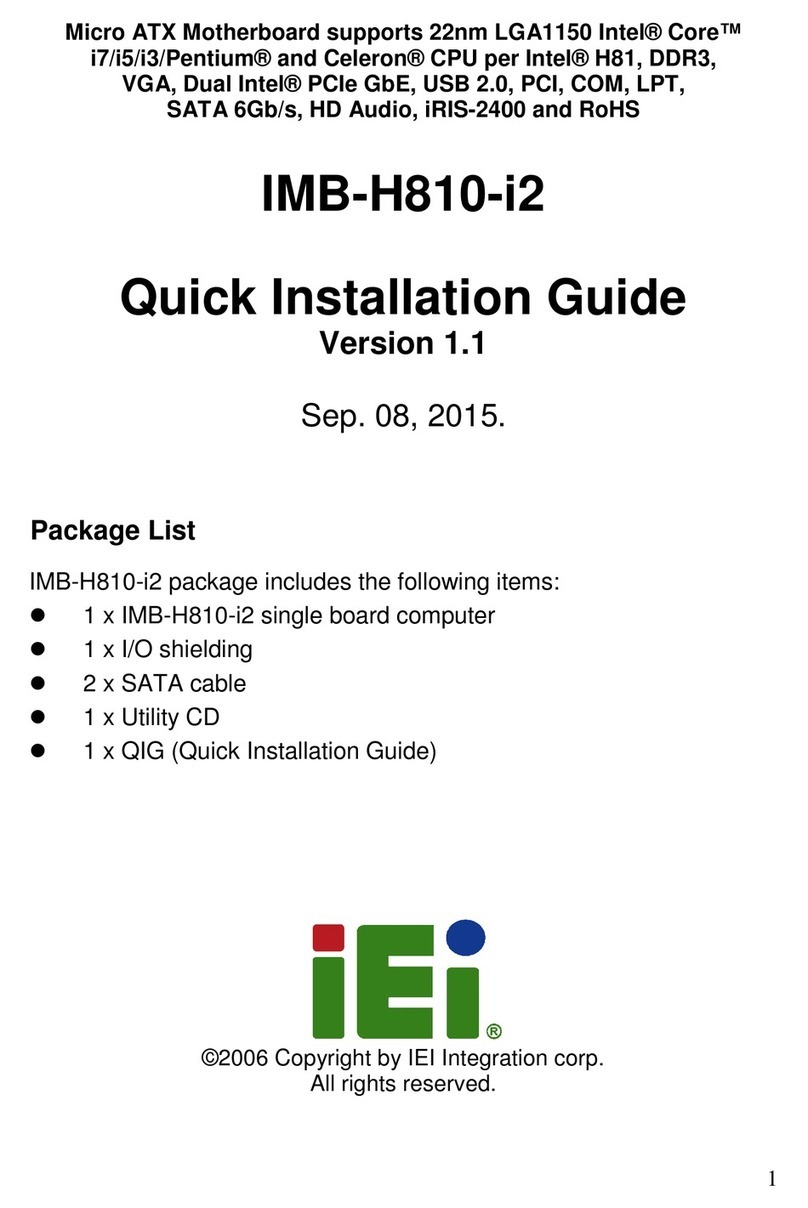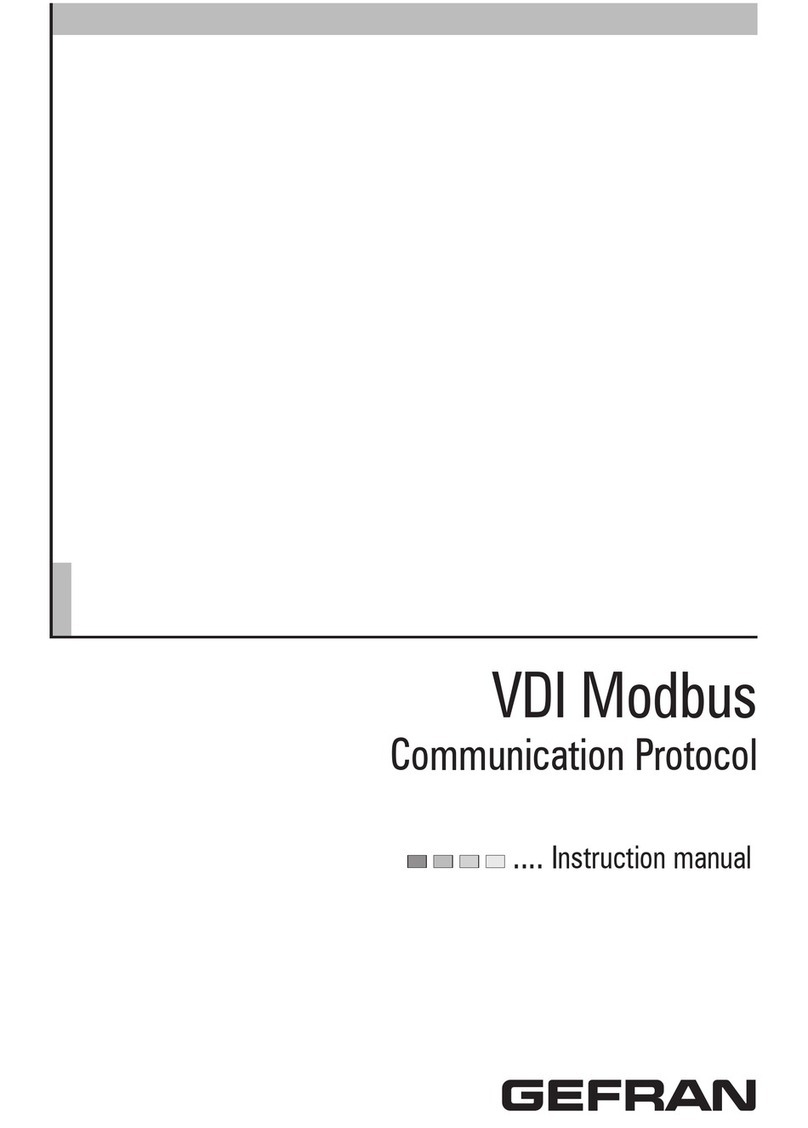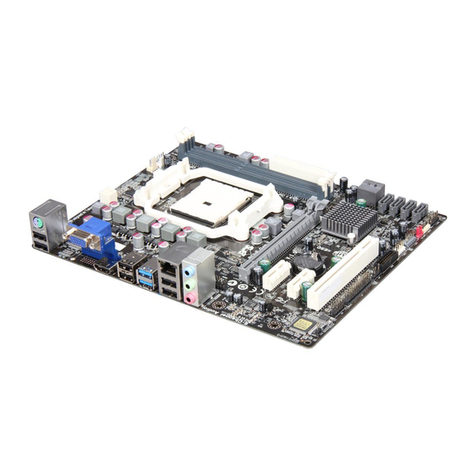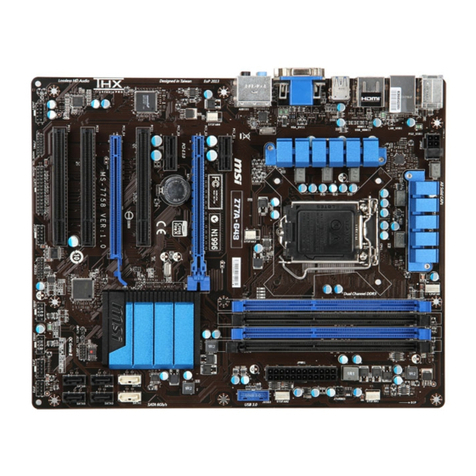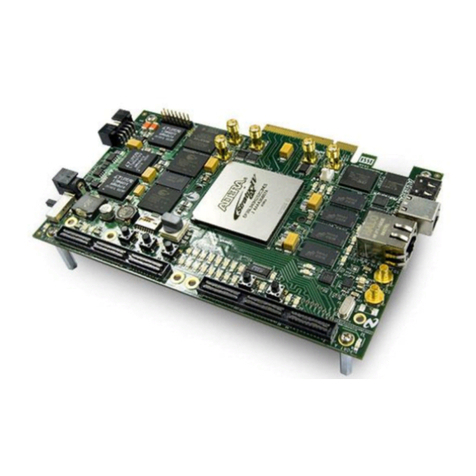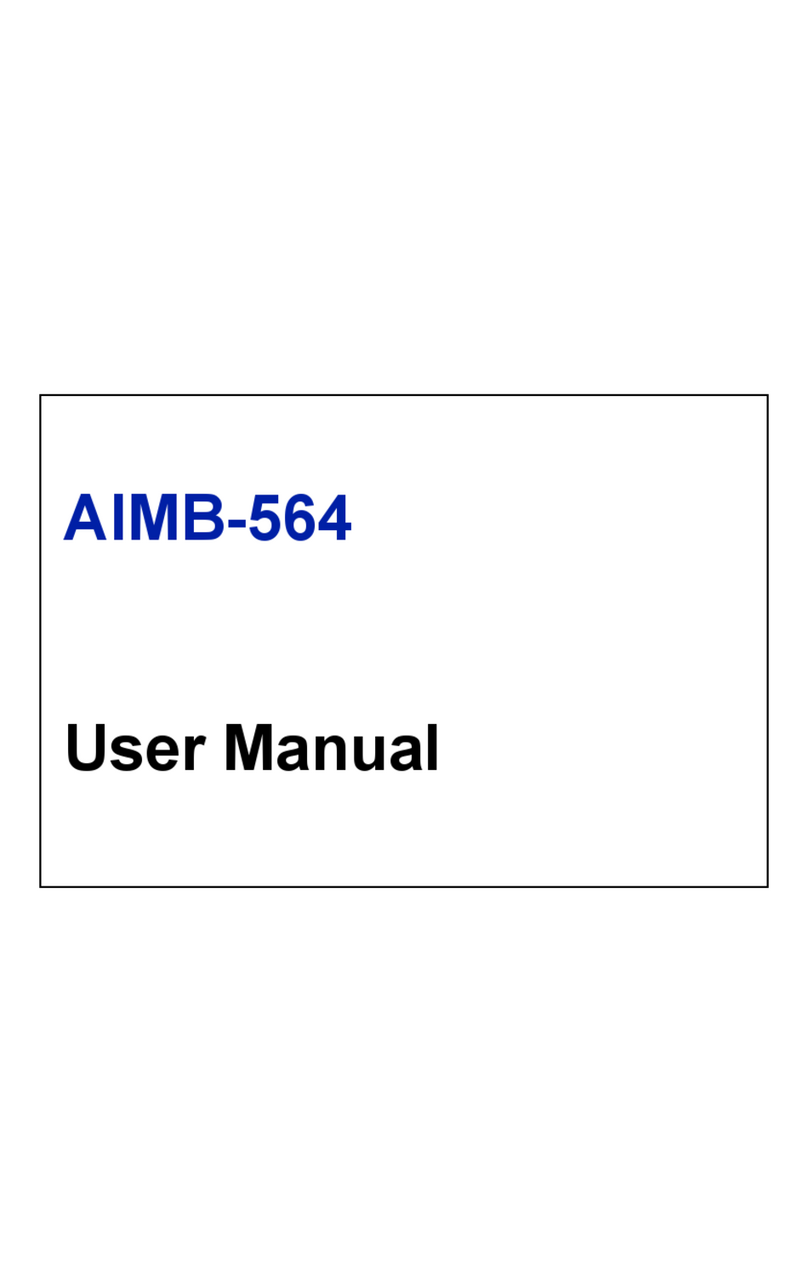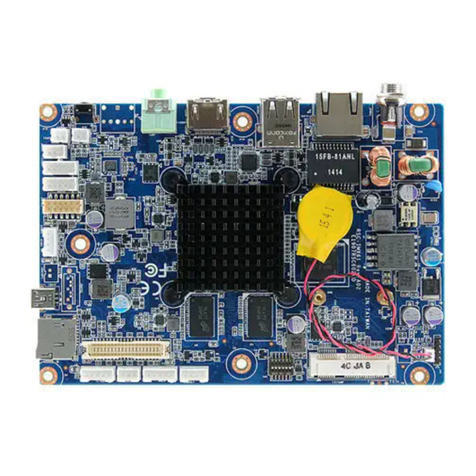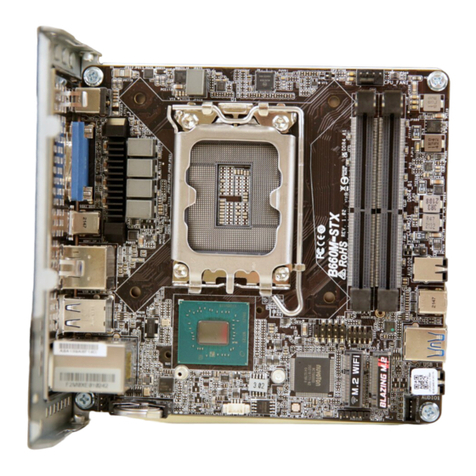Geolink OpenTracker 2.4 User manual

OpenTracker 2.4
User Manual
Release 1.4.0
www.tigal.com

www.geolink.io
2OpenTracker 2.4 User Manual (1.4.0)
Table of Contents
Introduction...................................................................................................................................................... 4
Hardware Description...................................................................................................................................... 5
Board Overview.............................................................................................................................................. 5
Processor....................................................................................................................................................... 5
Modem ........................................................................................................................................................... 6
GPS Module................................................................................................................................................... 6
Quick Start Guide ............................................................................................................................................ 7
Install Arduino IDE ......................................................................................................................................... 7
Insert SIM Card.............................................................................................................................................. 7
Connect Antennas.......................................................................................................................................... 7
Connect USB Cable....................................................................................................................................... 8
Connect MOLEX Cable.................................................................................................................................. 8
Connect Power source................................................................................................................................... 9
Start up the tracker......................................................................................................................................... 9
Setup APN................................................................................................................................................. 9
Change SMS password........................................................................................................................... 10
SMS Commands...................................................................................................................................... 10
Register........................................................................................................................................................ 10
External I/O..................................................................................................................................................... 11
Main Connector............................................................................................................................................ 11
Pin assignment ........................................................................................................................................ 11
CAN BUS Interface...................................................................................................................................... 11
Using CAN............................................................................................................................................... 11
Digital Outputs.............................................................................................................................................. 12
Example Relay connections .................................................................................................................... 12
Hands on recommendation for Relay usage........................................................................................... 13
Using the Relay outputs (OUT1 / OUT2)................................................................................................. 13
Analog Inputs ............................................................................................................................................... 14
Using the Inputs (IN1 / IN2) ..................................................................................................................... 15
Voltage detection VDET (ignition detection)................................................................................................ 16
Using Ignition detection (VDET) .............................................................................................................. 16
Battery monitoring (AIN_S_INLEVEL)......................................................................................................... 17
Using Battery Monitoring ......................................................................................................................... 17
Customizable EXT PIN ................................................................................................................................ 18
Using EXT PIN......................................................................................................................................... 18
Example usage - One Wire...................................................................................................................... 18
LEDs................................................................................................................................................................ 19
Using the LEDs ............................................................................................................................................ 19
PWR LED (red)........................................................................................................................................ 19
NET LED (green)..................................................................................................................................... 19
Internal I/O...................................................................................................................................................... 20
Pin assignment ........................................................................................................................................ 20
Audio Interface............................................................................................................................................... 21

www.geolink.io
User Manual (1.4.0) OpenTracker 2.4 3
Connector schematic (2G modem only).................................................................................................. 21
Optional connector (3G modem only)...................................................................................................... 21
USB Interface ................................................................................................................................................. 22
JTAG Interface ............................................................................................................................................... 23
Schematic................................................................................................................................................ 23
Software.......................................................................................................................................................... 24
Arduino IDE.................................................................................................................................................. 24
Adding OpenTracker 2 as Board to Arduino IDE .................................................................................... 24
Using Arduino IDE with OpenTracker...................................................................................................... 24
Troubleshooting ............................................................................................................................................ 25
Reset Soft bricked board –Flash locked..................................................................................................... 25
How to Reset a Soft bricked board.......................................................................................................... 25
Electrical Characteristics.............................................................................................................................. 26
Absolute Maximum Ratings ......................................................................................................................... 26
Recommended Operating Conditions.......................................................................................................... 26
How to get support........................................................................................................................................ 27

www.geolink.io
4OpenTracker 2.4 User Manual (1.4.0)
Introduction
The OpenTracker v2 is the first 100% Arduino compatible, fully open source, commercial grade
GPS/GLONASS vehicle tracker development board that comes with a free web interface for tracking.
The OpenTracker v2 hardware includes the same powerful 32-bit ARM controller as the Arduino DUE, a
GSM/GPRS modem for wireless connectivity, a GPS/GLONASS module with Assisted-GPS, CAN-BUS,
plenty of I/O, and a wide operating temperature range of -35°C to +80°C.
The hardware is pre-programmed and able to send tracking data right out of the box; you will only need the
SIM card and to register the device on our on-line tracking software.
After the configuration is complete, you will see your device on the map.

www.geolink.io
User Manual (1.4.0) OpenTracker 2.4 5
Hardware Description
Board Overview
OpenTracker is an open-source development platform for vehicle tracking applications, compatible with
Arduino software and development environment.
The OpenTracker hardware includes a powerful 32-bit controller (as found on the Arduino DUE), a quad-
band GSM/GPRS modem with micro-SIM card socket, GPS/GLONASS module, CAN interface, 2 analog
inputs, 2 relay driving outputs, an internal expansion interface (including SPI, I2C, UART, GPIO, ADC and
modem audio) and a micro-USB interface to develop additional features.
Design files, firmware and Arduino board support packages can be found on GitHub:
https://github.com/geolink/opentracker-hardware
https://github.com/geolink/opentracker
https://github.com/geolink/opentracker-arduino-board
Processor
The Atmel SAM3A4C microcontroller is a 84MHz 32-bit ARM Cortex-M3 core with 256KB embedded Flash
(2 x 128 KB) and 64 KB embedded SRAM.
Processor datasheets are available at http://www.atmel.com/devices/SAM3A4C.aspx
Internal
Expansion Pins
USB Programming
Connector
Quectel M95 GSM/GPRS
Modem
GSM Antenna
Connector
GPS Antenna
Connector
microSIM
Slot
Quectel L76 GPS/GLONASS
Module
JTAG
Indicator LEDs
Main Connector
ATMEL Processor
Audio
Interface

www.geolink.io
6OpenTracker 2.4 User Manual (1.4.0)
Modem
Quectel M95 - Quadband GSM/GPRS Modem
GPRS data uplink transfer: max 85,6kbps
Quad-band:
oGSM850
oGSM900
oDCS1800
oPCS1900
Take note of the IMEI code on the modem (you can also scan the QR code) because you will
need it to register your device on the Geolink website.
GPS Module
Quectel L76 - GPS/GLONASS Receiver
Multi-MGSS engine for combined GPS, GLONASS and QZSS
Easy™ self-generated orbit prediction for instant positioning fix
Assisted-GPS to enable fast Time-To-First-Fix (TTFF)
Ultra low tracking power consumption –18mA
Always Locate™, an intelligent algorithm for power saving
99 acquisition / 33 tracking channels, up to 210 PRN channels
Supports DGPS, SBAS(WAAS/EGNOS/MSAS/GAGAN)
Anti-Jamming, Multi-tone Active Interference Canceller

www.geolink.io
User Manual (1.4.0) OpenTracker 2.4 7
Quick Start Guide
Install Arduino IDE
The Arduino IDE is an integrated development environment used for OpenTracker.
If you plan to modify the program code or write your own there is no way around it.
Please note:
The tracker comes pre-programmed, if you only want to get started tracking just skip this step.
OpenTracker requires Arduino IDE 1.6.7 or later. The download should be just below 100MB while
downloading the installer and the installation process you may move on the next steps.
Please download the latest version here:
http://arduino.cc/en/Main/Software
Insert SIM Card
OpenTracker has got one Micro SIM slot. Larger SIM cards can be cut into micro SIM in any Store that sells
SIM Cards or Mobile phones.
1. Unlock slot 2. Open cover 3. Insert SIM 4. Close slot and lock it
For your convenience the SIM PIN should be deactivated.
If this is not an option, the SIM PIN has to be entered into the “tracker.h” and flashed into the
Tracker.
Connect Antennas
Take the antenna cable ends, plug them one after another into the antenna connector on the OpenTracker.
Turn the antenna cable connector clockwise. Ensure to connect the antennas tightly.
Make sure to plug the GPS/GLONASS antenna (here shown orange) into the connector labeled GPS on the
board and the GSM antenna (here shown in blue) into the connector labeled GSM.

www.geolink.io
8OpenTracker 2.4 User Manual (1.4.0)
Connect USB Cable
Use a micro USB Type B cable and plug it into the board as shown in the picture below.
This is an optional step. Only necessary if new software has to be installed or developed.
Connect MOLEX Cable
Ensure the Latch on the connector is faced up as shown in the picture below.
Push the connector until it clicks.

www.geolink.io
User Manual (1.4.0) OpenTracker 2.4 9
Connect Power source
OpenTracker supports 12V/24V nominal power supplies (the full range is 8 –32 Volts DC).
Please connect first the battery negative (B–) terminal to pin 6 (black wire), then the positive (B+) terminal to
pin 1 (red wire) through a 2A fuse, as in the picture below. Then connect vehicle ignition (IGN) to pin 10
(white wire), or connect pin 10 to pin 1 if ignition output is not available
Start up the tracker
Please ensure to insert the correct data, as the wrong information may cause higher costs on your SIM bills
or be a source of connection problems.
Setup APN
Send SMS message to the inserted SIM card number to configure APN for your GSM provider (WAP APN
are not supported):
#pass,apn=APN_NAME
Example:
#pass,apn=internet
The module will reply with the following response:
APN saved
Send 2 SMS messages to the inserted SIM card number to configure APN username and password
(optional for some GSM providers –default username and password are empty):
#pass,gprsuser=APN_USERNAME
#pass,gprspass=APN_PASSWORD
Example:
#pass,gprsuser=guest
#pass,gprspass=guest
The module will reply with the following response:
APN username saved
APN password saved
V
VD
DE
ET
T
(
(I
IG
GN
N)
)
G
GN
ND
D
(
(B
B-
-)
)
V
VI
IN
N
(
(B
B+
+)
)
1
1
10
0
0
6
6
6
5
5
5
1
1
1
FUSE
~ 2A

www.geolink.io
10 OpenTracker 2.4 User Manual (1.4.0)
Change SMS password
Optionally, change SMS password by sending following SMS command:
#pass,smspass=NEW_PASSWORD
Example:
#pass,smspass=mynewpass
After changing the SMS password, the SMS commands should begin with your new password, like:
#mynewpass,COMMAND=ARGUMENTS
Please note, depending on the current status of the device, it may take a while until the SMS
response is sent.
SMS Commands
Summary of the SMS commands for the initial configuration. The unit will accept only one command at a
time and send a reply on successful command execution (this may take a while).
Command
Syntax
Example
Reply
Set APN
#PASS,apn=NEWAPN
#pass,apn=internet
APN saved
Set APN Username
#PASS,gprsuser=NEWUSERN
#pass,gprsuser=guest
APN username saved
Set APN Password
#PASS,gprspass=NEWPASS
#pass,gprspass=guest
APN password saved
Set SMS Password
#PASS,smspass=NEWSMSPASS
#pass,smspass=newpass
SMS password saved
Set Sending Interval
(sec)
#PASS,int=INTERVAL_SECONDS
#pass,int=60
Interval saved
Set SIM Pin
#PASS,pin=NEW_PIN
#pass,pin=1234
PIN saved
Please allow some time for the device to reboot after the last SMS reply. Do not immediately
turn it off.
Register
To use the Geolink web interface (www.geolink.io) you need to register your OpenTracker device.
Please follow this guide: https://geolink.io/guide.php
Make sure your device is configured, powered and ignition is on, so that it connects to the
tracking server.

www.geolink.io
User Manual (1.4.0) OpenTracker 2.4 11
External I/O
Main Connector
The main connector for external power and I/O is compatible with Molex p/n 0430451006 (Micro-Fit 3.0™)
Fully isolated contacts
Full polarization
Positive locks
3.0mm (.118") Pitch
Current rating: 5.0A (per circuit)
Voltage rating: 250V AC,DC
UL 94V-0
Pin assignment
CAN BUS Interface
OpenTracker features a standard CAN Bus interface on the main connector. The CAN bus needs a
termination resistor (typical 120 Ohm) which is not on-board (but usually present on the vehicle bus).
The transceiver used is SN65HVD230. For more info and electrical specifications refer to the component
datasheet at: http://www.ti.com/product/sn65hvd230
Using CAN
We provide example code in our github repository at https://github.com/geolink/opentracker.

www.geolink.io
12 OpenTracker 2.4 User Manual (1.4.0)
Digital Outputs
Parameter
Min.
Typ.
Max.
Unit
Relay Output Current
0.2
0.5
A
Relay Output Voltage1
0
-
36
V
Notes:
1. Relay driving outputs OUT1 and OUT2 are open-drain outputs suitable for relay coils, which should be
powered externally from the same voltage as the whole device. They are protected against voltage
transients and short-circuits.
Hardware versions earlier than “rev2.4” do not have short-circuit protection, if that is required insert an
external fuse in series with each output.
Example Relay connections
In this example we are using relays with a rated coil voltage of 12V DC. The same voltage is used for
switching contacts to power 12V rated devices like Lights/Motors/Horns etc.
When the software activates a digital output, the pin OUT1/OUT2 is connected to ground internally, allowing
current flow inside the coil and the relays can switch.

www.geolink.io
User Manual (1.4.0) OpenTracker 2.4 13
Hands on recommendation for Relay usage
Only use car relays and certified cables inside vehicles!
A relay socket will ensure proper connection!
Don´t do it yourself if you are unsure what you are doing. Ask a car mechanic to do this connections
for you instead.
Please note:
It is not our responsibility to ensure you connect the relay the appropriate way. Always ensure
you read the specifications of the relay you intend to use and the devices you want to operate.
NEVER, work on circuitries under voltage.
ALWAYS, remain within the manufacturers specifications.
Using the Relay outputs (OUT1 / OUT2)
This example shows how to initialize the outputs and switch them on and off.
1. void setup() {
2. // Relay output
3. pinMode(PIN_C_OUT_1, OUTPUT); // Initialize pin as output
4. digitalWrite(PIN_C_OUT_1, LOW); // Set PIN LOW
5. pinMode(PIN_C_OUT_2, OUTPUT); // Initialize pin as output
6. digitalWrite(PIN_C_OUT_2, LOW); // Set PIN LOW
7. }
8.
9. void loop() {
10. digitalWrite(PIN_C_OUT_1, HIGH); // switch the relay on
11. digitalWrite(PIN_C_OUT_2, HIGH); // switch the relay on
12.
13. delay(3000); // wait
14.
15. digitalWrite(PIN_C_OUT_1, LOW); // switch the relay off
16. digitalWrite(PIN_C_OUT_2, LOW); // switch the relay off
17.
18. delay(3000); // wait
19. }

www.geolink.io
14 OpenTracker 2.4 User Manual (1.4.0)
Analog Inputs
The two inputs on the Main Connector (IN1 and IN2) are analog inputs and are able to measure voltages up
to 32 volts.
Parameter
Min.
Typ.
Max.
Unit
Analog Input Voltage2
(Normal Range)
0
-
36
V
Analog Input Voltage2
(Reduced Range)
0
-
3.3
V
Analog Input Accuracy
±0.15
V
Analog Input Impedance
200
230
260
kΩ
Analog Input Bandwidth
7
-
79
Hz
Notes:
2. Analog inputs IN1 and IN2 can be configured by the software to accept a reduced input range to improve
precision of analog readings in a low voltage range.

www.geolink.io
User Manual (1.4.0) OpenTracker 2.4 15
Using the Inputs (IN1 / IN2)
This example shows how to read the analog inputs on the Main Connector (External IO) and print the output
to the debug port.
1. #define DEBUG 1 //enable debug msg, sent to serial port
2. #define debug_port SerialUSB
3.
4. #ifdef DEBUG
5. #define debug_print(x) debug_port.print(x)
6. #else
7. #define debug_print(x)
8. #endif
9.
10. // Variables will change:
11. int outputValue;
12. int sensorValue;
13.
14.
15. void setup() {
16. // put your setup code here, to run once:
17.
18. }
19.
20. void loop() {
21.
22. // Read IN1 Value
23. // read the analog in value:
24. sensorValue = analogRead(AIN_EXT_IN1);
25. // map it to the range of the analog out:
26. outputValue = sensorValue * (242.0f / 22.0f * ANALOG_VREF / 1024.0f);
27.
28. // print the results to the serial monitor:
29. debug_print(F("IN1 = " ));
30. debug_print(outputValue);
31. debug_print(F("V ("));
32. debug_print(sensorValue);
33. debug_print(F(")"));
34. debug_port.println(" ");
35.
36. // Read IN2 Value
37. // read the analog in value:
38. sensorValue = analogRead(AIN_EXT_IN2);
39. // map it to the range of the analog out:
40. outputValue = sensorValue * (242.0f / 22.0f * ANALOG_VREF / 1024.0f);
41.
42. // print the results to the serial monitor:
43. debug_print(F("IN2 = " ));
44. debug_print(outputValue);
45. debug_print(F("V ("));
46. debug_print(sensorValue);
47. debug_print(F(")"));
48. debug_port.println(" ");
49.
50. delay(1000);
51. }

www.geolink.io
16 OpenTracker 2.4 User Manual (1.4.0)
Voltage detection VDET (ignition detection)
The voltage detection is designed to give feedback about the ignition status. If the Pin VDET is connected to
the Ignition line of a car the Tracker is able to detect a logical 1 (Ignition off) or a logical 0 (ignition on) on
S_DETECT. This is useful to put the tracker asleep or wake it up. VDET is a Digital input.
Operating conditions
VDET Logic 1 (ignition off)
VDET Logic 0 (ignition on)
MIN
MAX
MIN
MAX
V input
0VDC
0.6VDC
1.5VDC
32VDC
Using Ignition detection (VDET)
The ignition detection is a simple Input to detect if the vehicle is started. By adding code the user can define
what to do when ignition is turned on / off. In this example the Tracker will print a string to the debug port.
1. #define DEBUG 1 //enable debug msg, sent to serial port
2. #define debug_port SerialUSB
3.
4. #ifdef DEBUG
5. #define debug_print(x) debug_port.print(x)
6. #else
7. #define debug_print(x)
8. #endif
9.
10.
11. void setup() {
12.
13. // Ignition detection
14. pinMode(PIN_S_DETECT, INPUT); // Initialize pin as input
15.
16. }
17.
18. void loop() {
19.
20. // Check If Ignition is on
21. if (digitalRead(PIN_S_DETECT) == LOW)
22. debug_print(F("Ignition detected!"));
23. }

www.geolink.io
User Manual (1.4.0) OpenTracker 2.4 17
Battery monitoring (AIN_S_INLEVEL)
OpenTracker can monitor the power supply voltage. This is done via the power input (VIN) and no additional
cables have to be connected to the tracker.
Using Battery Monitoring
The following example shows how to measure the Supply voltage and print it to the debug port.
1. #define DEBUG 1 //enable debug msg, sent to serial port
2. #define debug_port SerialUSB
3.
4. #ifdef DEBUG
5. #define debug_print(x) debug_port.print(x)
6. #else
7. #define debug_print(x)
8. #endif
9.
10. // Variables will change:
11. int outputValue;
12. int sensorValue;
13.
14.
15. void setup() {
16. // put your setup code here, to run once:
17.
18. }
19.
20. void loop() {
21.
22. // Read VIN Value
23. // read the analog in value:
24. sensorValue = analogRead(AIN_S_INLEVEL);
25. // map it to the range of the analog out:
26. outputValue = sensorValue * (242.0f / 22.0f * ANALOG_VREF / 1024.0f);
27.
28. // print the results to the serial monitor:
29. debug_print(F("VIN = " ));
30. debug_print(outputValue);
31. debug_print(F("V ("));
32. debug_print(sensorValue);
33. debug_print(F(")"));
34. debug_port.println(" ");
35.
36. delay(1000);
37. }

www.geolink.io
18 OpenTracker 2.4 User Manual (1.4.0)
Customizable EXT PIN
Using EXT PIN
The EXT Pin on the main connector has no function. It is routed to the internal I/O connector.
This may be used for anything the user desires. For example with a 1-wire communication or additional
analog lines. Simply connect the IO_TO_EXT Pin on the Internal I/O pin header to your custom setup.
Please note:
When connecting any Internal I/O Pin to the IO_TO_EXT that those have 3.3V levels and are
directly connected to the MCU. We recommend to protect the pin against overvoltage.
Example usage - One Wire
In this example four DS1820 Temperature sensors are driven in 1-wire parasite power mode. Including basic
I/O protection with a 3.6V Zener diode (D1).

www.geolink.io
User Manual (1.4.0) OpenTracker 2.4 19
LEDs
OpenTracker has two LEDs for status indication. The Green LED named NET indicates the network status of
the M95 modem and cannot be used for other purpose as connected directly to the GSM Modem.
The Red LED can be programmed to indicate various information.
Using the LEDs
PWR LED (red)
The power LED can be programmed.
Please see below the Arduino Example:
1. #include <avr/dtostrf.h>
2.
3. void setup() {
4.
5. //setup led pin
6. pinMode(PIN_POWER_LED, OUTPUT); // Set LED as Output
7. digitalWrite(PIN_POWER_LED, LOW); // Set LED initially off
8. }
9.
10. void loop() {
11.
12. // Switch the Power LED
13. digitalWrite(PIN_POWER_LED, HIGH);
14. delay(800);
15. digitalWrite(PIN_POWER_LED, LOW);
16. delay(800);
17.
18. }
NET LED (green)
This LED is just used by the M95 modem for network feedback and directly connected to the M95 Pin
NETLIGHT.
State
Module function
off
The module is not running
64ms on / 800ms off
The module is not synchronized with network (no network)
64ms on / 2000ms off
The module is synchronized with network (has network)
64ms on / 600ms off
GPRS data transfer is ongoing

www.geolink.io
20 OpenTracker 2.4 User Manual (1.4.0)
Internal I/O
The internal I/O Expansion connector is a 20-pin standard 2.54mm pitch female header.
It features the following interfaces and signals:
1 x SPI
2 x UART/USART
1 x I2C
2 x Analog Input (ADC)
2 x PWM (1 shared with UART TX)
GPIO (shared with any other peripherals)
RESET (open-drain input/output from main controller)
ERASE (full chip erase request)
3.3V
4V (exact voltage may vary around 4.3V)
VIN
GND
PLEASE NOTE: IMPORTANT NOTE!
The I/O voltage levels are not 5V tolerant!
Only use 3.3V levels!
The internal I/O is reserved for custom Expansion boards done by the user to add functionalities for special
applications.
Pin assignment
Table of contents
